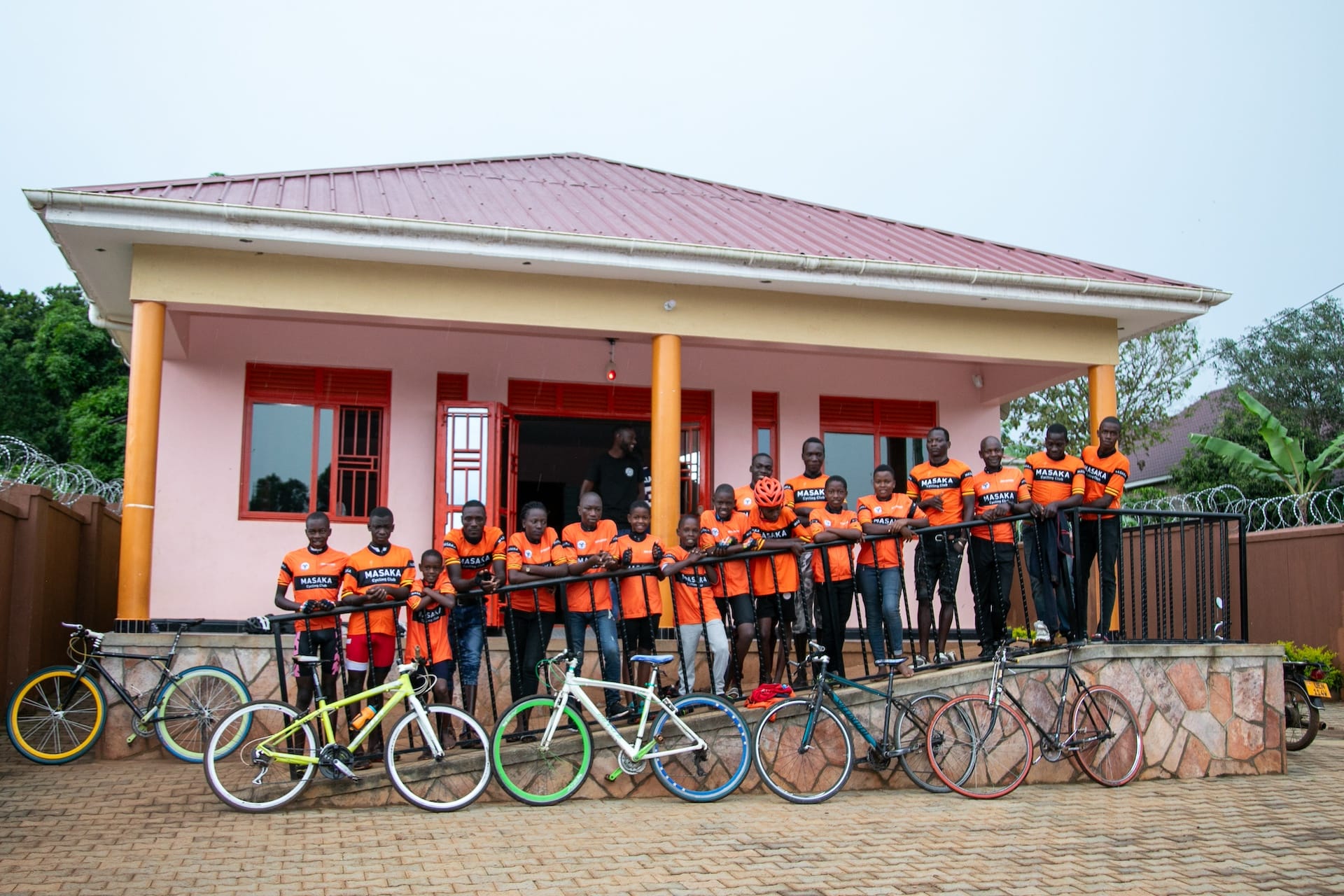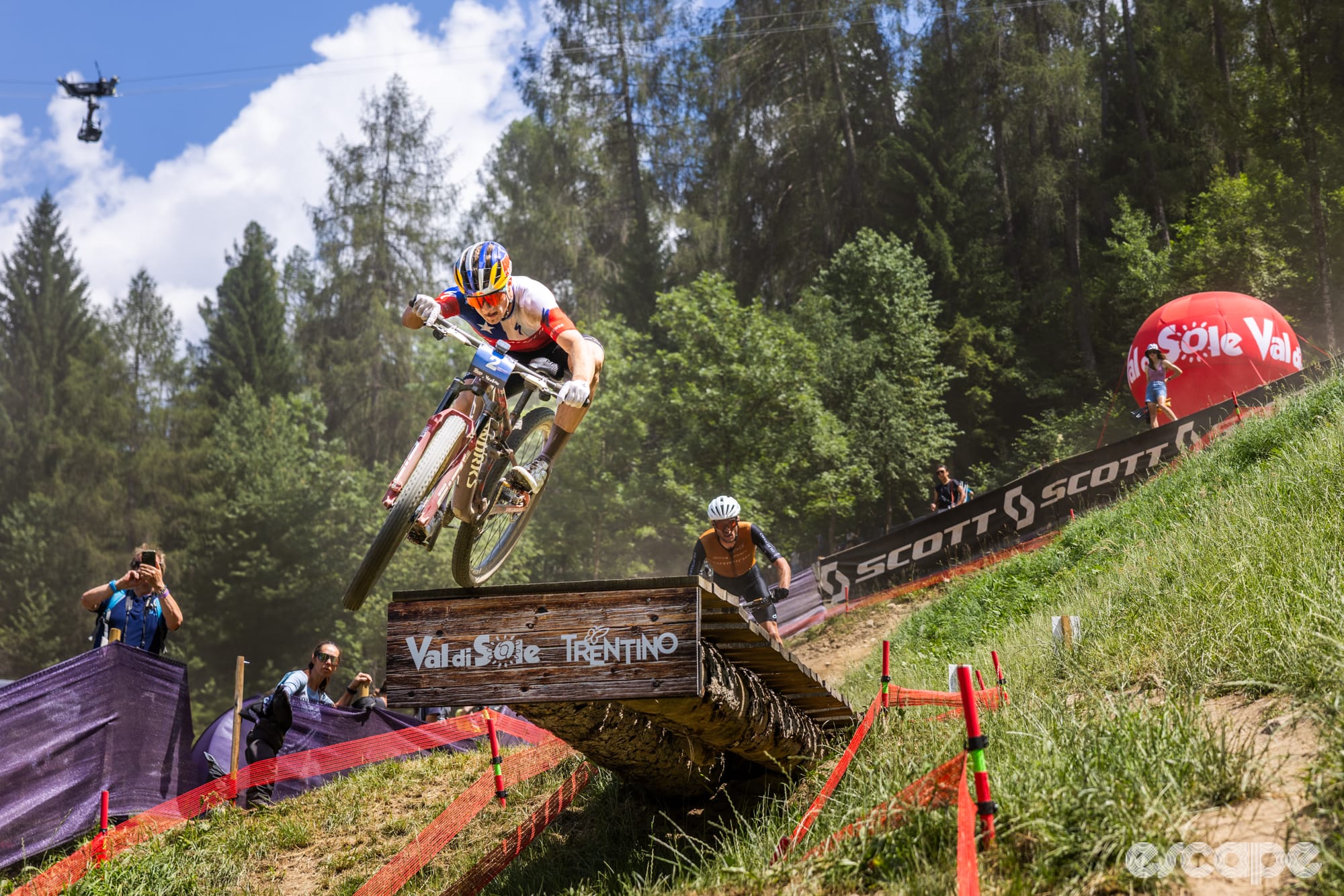From the outskirts of Pau, we leave for a stage in the Pyrenees. The Pyrenees are one of five mountain ranges in France. We also have the Alps, Vosges Mountains, Jura, and the Massif Central. Stage 14 is a relatively short one which seems to be a trend in recent years. Henri Desgrange, the founder of the race, would have scoffed at stages of 152 km like we have today. We already learned on stages 3 and 4 that he was a bit sadistic in the way he designed his stages and the race rules.
In 1910 the Tour de France went to the Pyrenees for the first time. Up the Col d’Aspin, Peyresourde, Tourmalet, Soulor, Col de Tortes, and the Aubisque. In one day. It was a stage of 326 km. "You are murderers" is what race leader Octave Lapize yelled at the organizers for putting on such a monstrous stage. However, Tour de France boss Henri Desgrange wasn’t even present that day the Tourmalet made its debut. He never heard Lapize’s words.
In 1910 Desgrange had already suffered the wrath of certain competitors. He sensed that the morale of the troops, starting with that of Lapize, was not very high going into the Pyrenees. Claiming to be indisposed, Desgrange stayed behind in Luchon and entrusted the keys to the race to an assistant named Victor Breyer. A great boxing fan, Breyer would know how to use his fists if need be. I couldn’t verify whether there was indeed fighting but fact is that it wasn’t uncommon in the early years of the race: between riders but also between riders and organizers.
We pass Lourdes today and the story of shepherdess Bernadette is quite well known. Little could she have known she would create a tourist attraction in her small town.
Being a major tourist hub creates a lot of jobs. One such job is the fireworker. Twenty or so fireworkers in the sanctuaries are responsible for cleaning the candle burners every day. There are 23, with a capacity of 3,715 candles. In summer, there isn’t enough room to burn all the candles ... they remove the waste from 750 tonnes of candles burnt each year.
Talking about work, I just can’t even believe that in all these years of writing these guides I have never talked about dogs, so here we go. The Pyrenees are home to the Pyrenean Mountain Dog, or Patou. It is even the mascot of St-Lary-Soulan, our finish town.
It’s a white and fluffy gentle giant as a pet in your home but here in the mountains it also has a different side. As a working dog its primary function is to defend its herd – usually sheep – against predators. Think about bears that still live here.
The Patou won’t be working with the herd in rounding them up like Border Collies. It will be there as a protector. For this reason, from a very early age, puppies are placed with the sheep so that they can become accustomed to their “family” until they are fully accepted. The dog will then live permanently with the flock: summer in the mountains and winter in the sheepfold. Many regions in Europe have their dedicated breed of working dogs but I think the Pyrenean is one of the loveliest.
Oh, and if you meet one in the mountains, always ask the shepherd or farmer if the dog is friendly to be petted. Otherwise just stay clear.
Did we do a good job with this story?




